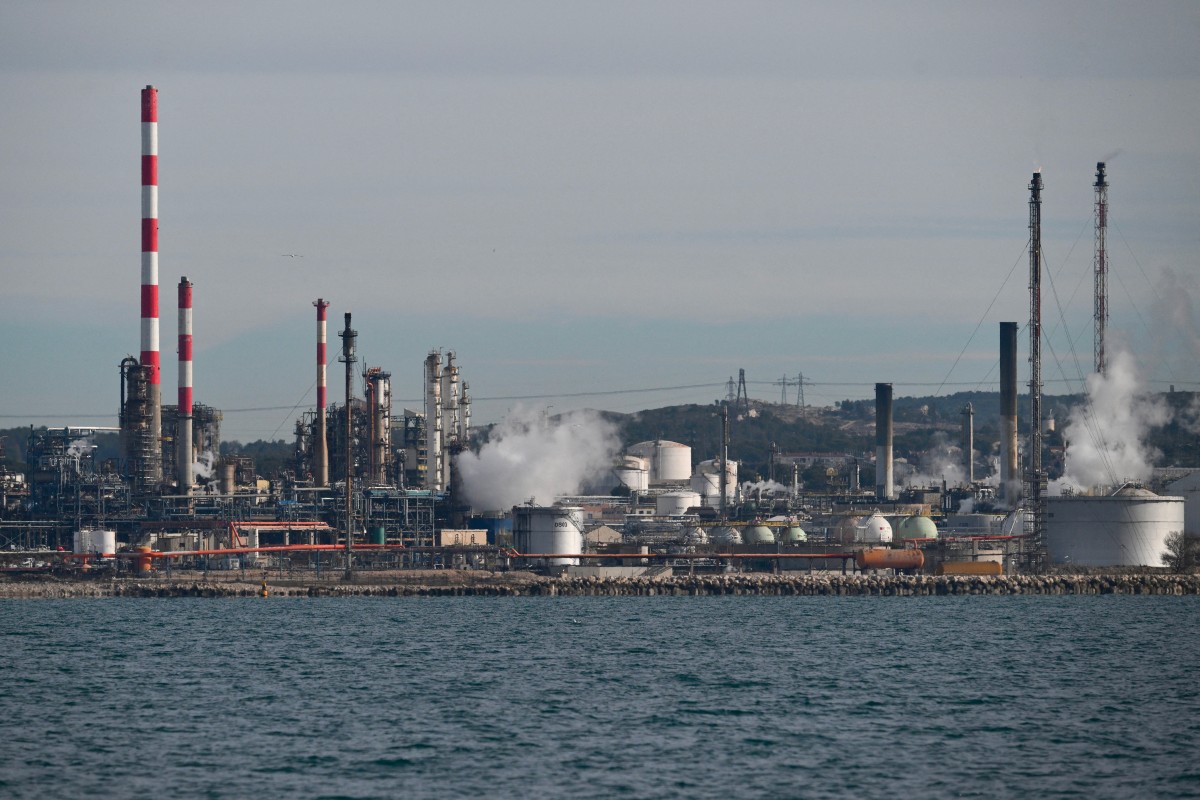Riyadh, Saudi Arabia – Collaboration between Saudi Arabia and Russia to drive OPEC+ members toward output cuts has resulted in a 2.29% surge in crude oil prices.
Despite these global efforts, US output continued at a high of over 13 million barrels per day, contributing to a surplus in the market. The robust US job growth and a lower unemployment rate have lessened expectations of imminent Fed interest rate cuts.
However, Chinese data for November revealed a concerning 9% year-on-year decline in crude oil imports due to high inventory levels and weak economic indicators.
Oil prices have faced increased strain following a lackluster OPEC+ meeting on November 30. The meeting introduced additional voluntary cuts for the first quarter of 2024, sparking doubts among traders regarding the adherence of all countries to these measures.
During the gathering, OPEC+ producers reached an agreement to implement voluntary reductions of approximately 2.2 million barrels per day (mbd) of crude oil from the market in the upcoming first quarter. This commitment involved an anticipated continuation of Saudi Arabia’s voluntary 1 mbd output cut and Russia’s 300,000 barrel-a-day reduction in crude exports.








